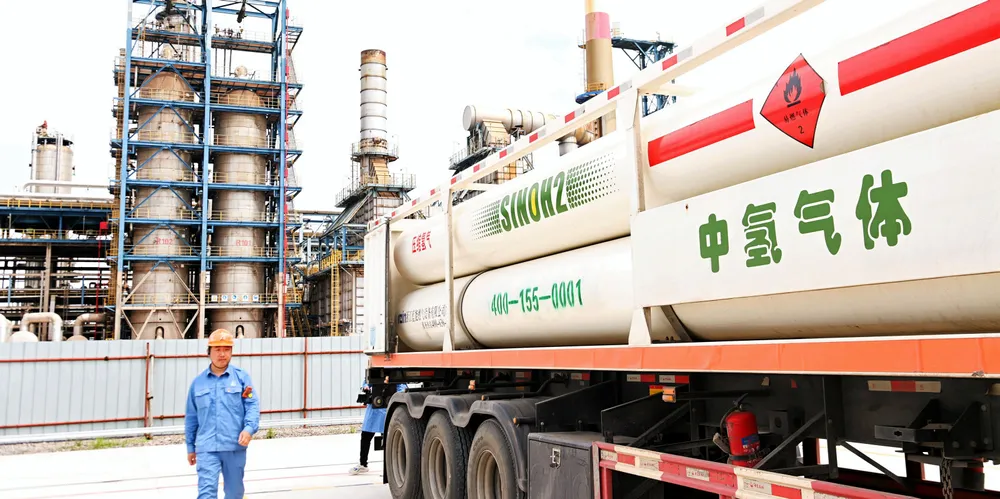Sinopec to produce more than two million tonnes of green hydrogen annually by 2025
China's second-biggest oil company and largest hydrogen producer aims to rapidly decarbonise its supply, according to new medium- and long-term H2 development strategy
